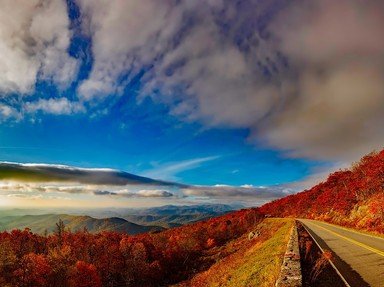5. Lynchburg, Va. is called the "City of Seven Hills." One could stretch the number to more or less, by roamin' around and counting. Why seven?
From Quiz Lynchburg, Virginia--A Stroll Through History
Answer:
Rome was a famous city on seven hills
Rome was famously known as a great city built on seven hills, so any village hoping to grow into something great often used the claim. Richmond, Va. also claimed seven hills, but Lynchburg was following Rome. Lynchburg certainly earned the right, as steep as it is above the James River. Wikipedia even has a page, "List of Cities Claimed to be Built on Seven Hills," with dozens listed, including the two most important ones, Rome and Lynchburg. Lynchburg's hills are named: United States College Hill, Garland Hill, Daniel's Hill, Federal Hill, Diamond Hill, White Rock Hill, and Franklin Hill. Note the clue: roamin'/Roman.






 Top 10% Rated Quiz,
Top 10% Rated Quiz,